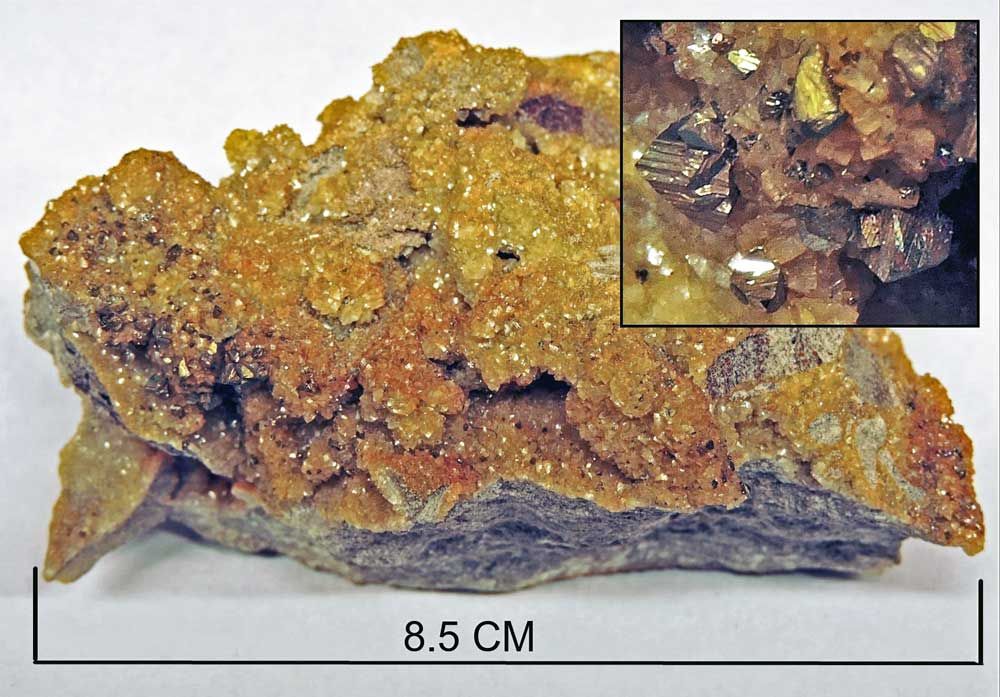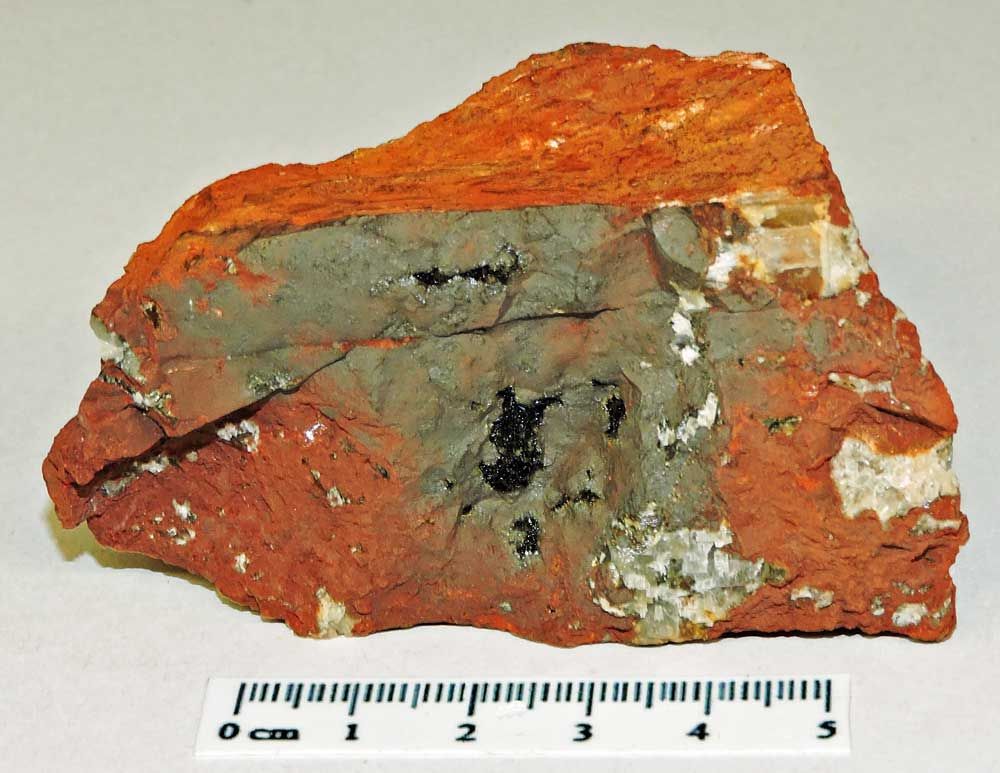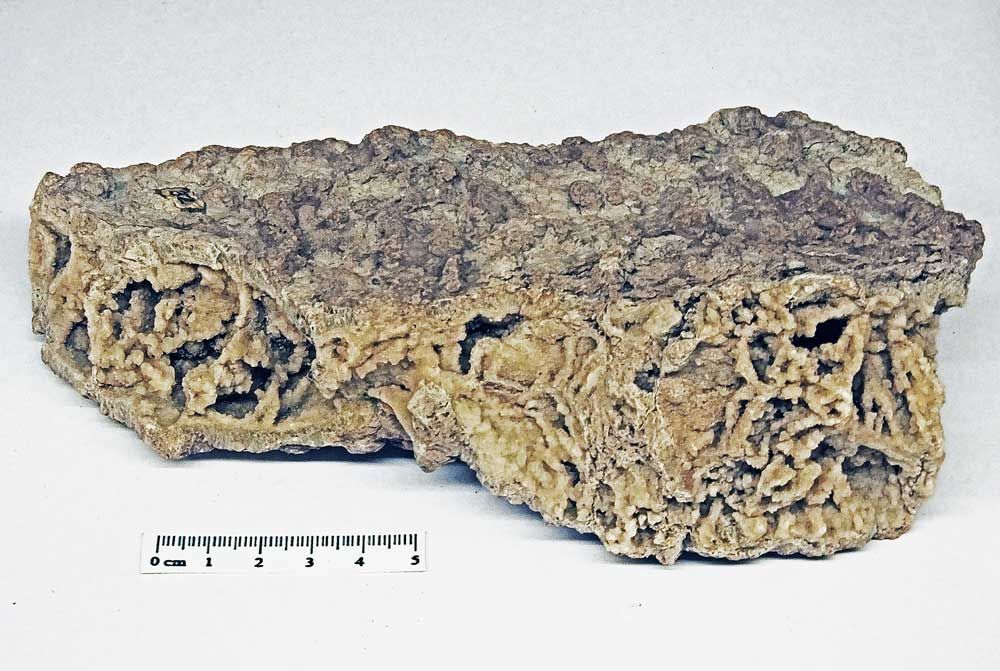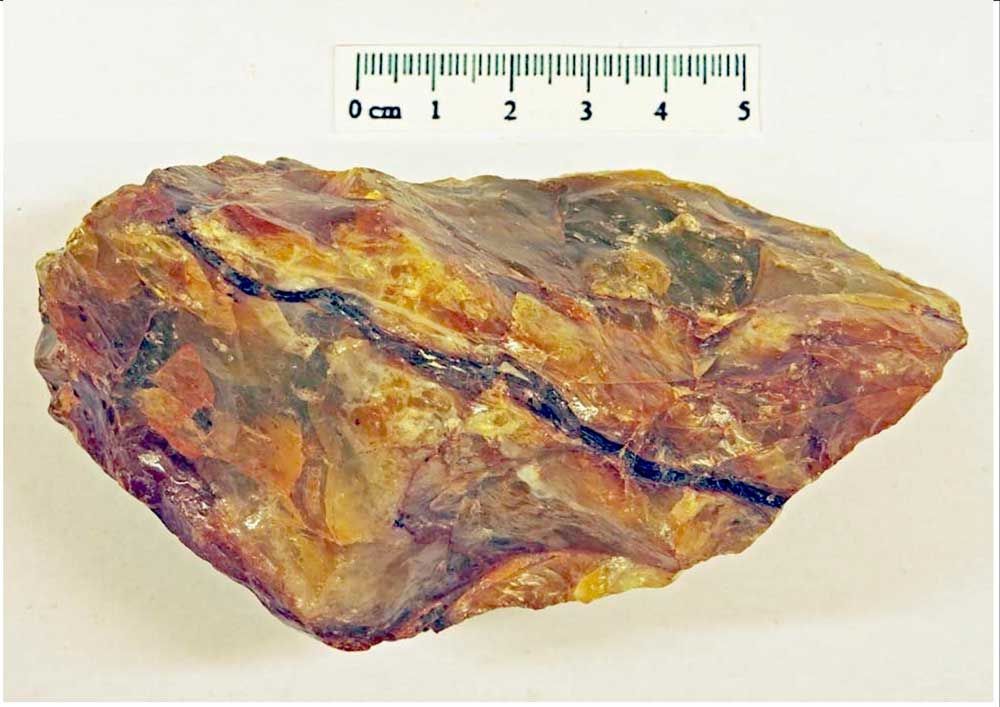
Chalcopyrite, Kellingly mine.
Chalcopyrite, CuFeS2 is a copper iron sulphide mineral. It is the most important ore of copper, and the two most important sources are found in volcanogenic massive sulphide deposits, and sedimentary exhalative deposits ( hydrothermal deposits ). Small crystals such as these shown on the specimen are quite commonly found in nearly all mining exploration sites in the U.K. This specimen is reputed to be from Kellingly mine, near Knottingley, Yorkshire. The field of view of the insert is 7mm. and there are even smaller crystals peppered on the surface, which is completely covered with minute clear, pale yellow/brown fluorite crystals.



